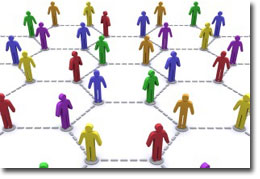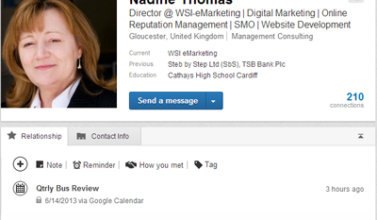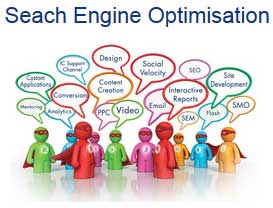
Image courtesy of EcoLife
Market segmentation is a process of dividing the market of potential customers into different groups based on certain characteristics. In fact, it was first used in the late1900’s and is essential for any successful marketing strategy.
Present-day market segmentation exists to solve one major problem marketers face – more conversions. Marketers use personalised marketing campaigns to segment or divide the market accordingly for more accurate marketing strategies. This includes product and communication strategies according to specific needs of the segment.
We take a closer look below at segmenting by dividing a group into subgroups according to a set of ‘criteria’. These can range from age and gender to psychographic factors like attitude, interest, values, among others.
Types of Market Segmentation?
The most common bases for segmenting consumer markets include geographics, demographics, psychographics and behaviour. Marketers normally select a single base for segmentation analysis but they can also combine it into a single segmentation.
As an example, geographics and demographics are often combined, but other bases rarely are. Given that psychographics include demographics such as age, gender and income as well as attitudinal and behavioral variables, it makes little sense to combine psychographics with demographics or other variants. Using combined bases requires careful thinking, planning and extensive data collection.
Geographic Segmentation (Where)
Geographic segmentation divides the market according to geographic criteria. Typical variants include country, region, population density, city or town size or climate. Markets can be segmented as broadly as continents or as specific as neighborhoods or postal codes. An International retail store could use market segmentation to divide their target market into specific regions or countries. Customers in England, for example, will have different fashion needs or requirements than those in Canada or America.
Demographic Segmentation (Who)
Businesses who offer products and services to individuals and businesses in specific professions or industries is a good example. They could use their demographic data to segment their market by occupation or industry sector. If a company sells marketing e-books targeted at C-level executives, they can segment accordingly and focus advertising activities around reaching the chief marketing officers. Other examples includes automotive, mobile phones or clothing sectors where a buyer’s behaviour is generally greatly influenced by their demographics.
Physchographic Segmentation (Why)
A great way to explain psychographic market segmentation is that demographics tell you who is buying your products and psychographics tell you why. This form of segmentation focuses more on data concerning a deeper understanding of people’s attitudes, intentions and behaviours than demographics.
Some examples include hobbies and interests, religious and political beliefs, behavioural patterns and routines. These categories ultimately provide a business with the necessary information related to their motivation for buying their products. This essentially leads to more accurate marketing efforts aimed at the appropriate target markets.
Behavioural Market Segmentation (How)
This segmentation strategy divides markets into groups based on their uses, responses, knowledge and attitudes towards products and services. Some examples of variables within a consumers’ consumption behaviour include lifestyle, spending and patterns of buying and usage.
There are six main techniques through which marketers can divide the market according to behavioural segmentation.
- Occasions
- Sought benefit
- User status
- Purchase frequency
- Buyer readiness
- Attitude towards a product or service
Some marketers even describe behavioural market segmentation as one of the most useful strategies as it provides superior detailed insights. As a result, they learn more from their target audience in terms of product usage and buying motivation.
Any data gathering approach needs to be continually optimised with audience segmentation. If a consumer group is not positively responding to your marketing efforts, it may be time to refine your message or the data that you used to segment the group.
Get in touch if you need help with your marketing strategy. We can help you generate the right leads with the right information through the most relevant channels. We provide digital marketing services including Marketing Automation, Adaptive Web Design, Social Media and Email Marketing among others.
Related Post
Content Sharing Via Social...
Target marketing to meet your business goals Is your business using social media channels...
- June 15, 2011
- By Nadine Thomas
- Digital Marketing
Can you get help to fund your...
If you need a new website, it’s possible that you could get help towards the cost....
- May 30, 2013
- By Rob Thomas
- Digital Marketing
10 Best Ways to take...
Others may have seen a pop-up ‘invitation to upgrade’ message when they accessed...
- June 1, 2013
- By Rob Thomas
- Digital Marketing
Google Hangouts – 6 Ways...
Google+ was launched just 2 years ago in June 2011. In the first 6 months of its...
- June 24, 2013
- By Nadine Thomas
- Digital Marketing
6 top tips on how to get the...
In Europe alone there are 243.2 million Facebook subscribers (internetworldstats, 2012)....
- July 3, 2013
- By Nadine Thomas
- Digital Marketing
What is SEO?
SEO or Search Engine Optimisation to give it its full name is the process that helps your...
- July 29, 2013
- By Nadine Thomas
- Digital Marketing











Leave a Comments